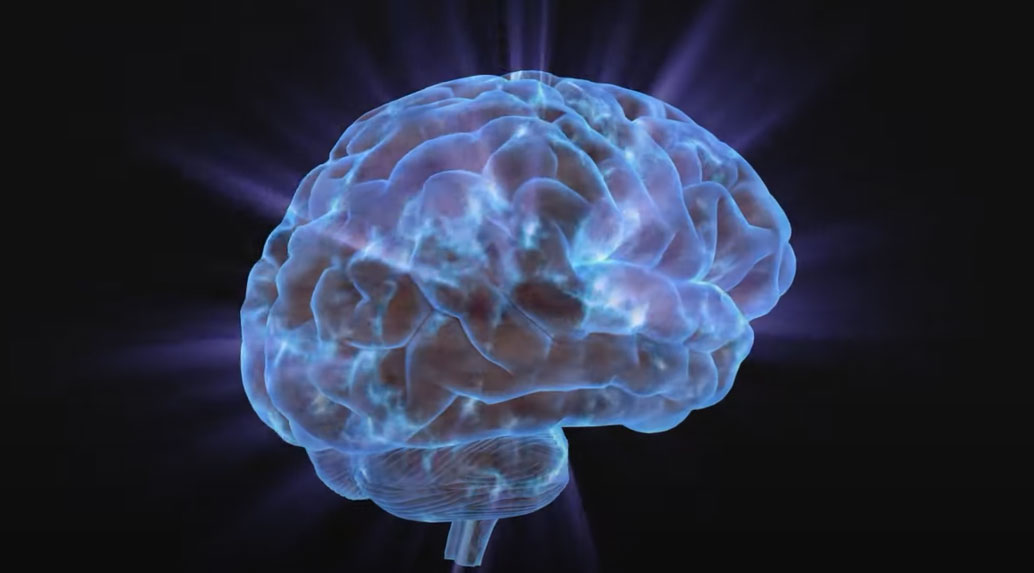Norepinephrine Levels
©Arlene R. Taylor PhD
Studies have identified factors that combine to influence one’s position on the EAI Continuum. One of those factors involves the relative levels of norepinephrine.
As a neurotransmitter, norepinephrine (noradrenaline or noradrenalin) is concentrated in a group of neurons in the brain stem (action layer). This information substance influences our level of alertness, excitement, attention, dreaming, sleep, and mood. As a hormone, norepinephrine is synthesized by the adrenal medulla and is implicated in resisting stress. High levels of norepinephrine are associated with introversion, while lower levels are associated with extroversion. By extrapolation, moderate levels of may be associated with ambiversion. Levels of norepinephrine tend to increase during stress.
When the brain is subjected to chronic stress for two or more years, it may activate a state of protective alertness and the individual may be pushed temporarily toward introversion. Chronic anxiety can be caused by any number of situations (e.g., injury, severe or chronic illness, catastrophic disease or event, unresolved grief, trauma, crisis, prolonged or excessive adapting). With resolution of the chronic anxiety, the artificial level of protective alertness can decrease and the brain may be able to return to its innate position on the EAI Continuum.
| 70% A | Introverts 15-16%% |
| • Tend of have lower levels of norepinephrine | • Higher levels innately | |
| • Tend to do well at tasks that are high in excitement (e.g., SWAT teams, ambulance driver, negotiation in dangerous situations) | • Tend to do better at tasks that require careful attention (e.g., radar-screen tracking, laboratory research, reading radiographic films) |




